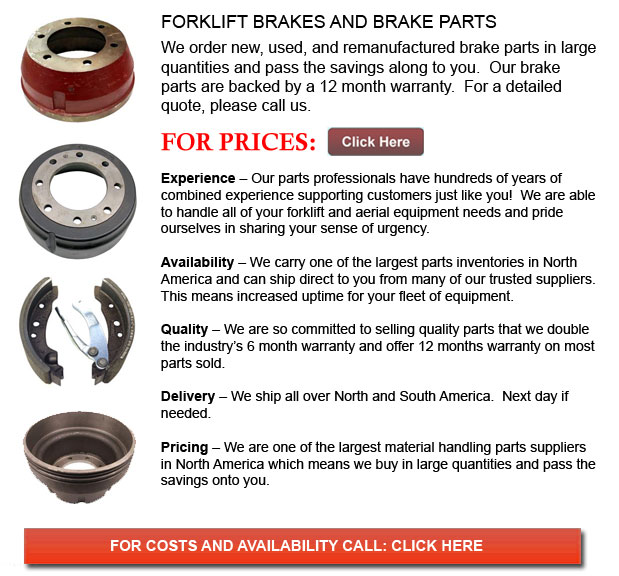
Forklift Brakes - A brake where the friction is provided by a set of brake pads or brake shoes which press against a rotating drum shaped unit referred to as a brake drum. There are a few specific differences among brake drum types. A "brake drum" is normally the explanation provided when shoes press on the inner exterior of the drum. A "clasp brake" is the term utilized in order to describe whenever shoes press next to the exterior of the drum. Another kind of brake, known as a "band brake" uses a flexible band or belt to wrap around the outside of the drum. If the drum is pinched in between two shoes, it could be known as a "pinch brake drum." Like a standard disc brake, these types of brakes are somewhat uncommon.
Old brake drums, previous to 1955, required to be consistently adjusted to be able to compensate for wear of the shoe and drum. "Low pedal" could result if the needed modifications are not done sufficiently. The motor vehicle could become dangerous and the brakes could become useless whenever low pedal is combined together with brake fade.
There are a variety of Self Adjusting Brake Systems obtainable, and they can be categorized within two main kinds, RAD and RAI. RAI systems have built in equipments which avoid the systems to be able to recover if the brake is overheating. The most well known RAI makers are AP, Bendix, Lucas, and Bosch. The most famous RAD systems include Ford recovery systems, Volkswagen, VAG, AP and Bendix.
Self repositioning brakes normally utilize a tool which engages just whenever the vehicle is being stopped from reverse motion. This stopping method is satisfactory for use where all wheels utilize brake drums. The majority of vehicles nowadays make use of disc brakes on the front wheels. By operating only in reverse it is less likely that the brakes will be applied while hot and the brake drums are expanded. If tweaked while hot, "dragging brakes" can occur, which raises fuel expenditure and accelerates wear. A ratchet device that becomes engaged as the hand brake is set is another way the self adjusting brakes could operate. This means is just appropriate in applications where rear brake drums are used. When the parking or emergency brake actuator lever goes over a certain amount of travel, the ratchet advances an adjuster screw and the brake shoes move toward the drum.
Located at the base of the drum sits the manual adjustment knob. It can be tweaked making use of the hole on the other side of the wheel. You will have to go under the vehicle with a flathead screwdriver. It is very important to be able to adjust every wheel equally and to be able to move the click wheel correctly for the reason that an uneven adjustment may pull the vehicle one side during heavy braking. The most effective way to make certain this tiresome task is completed safely is to either lift every wheel off the ground and spin it by hand while measuring how much force it takes and feeling if the shoes are dragging, or give every\each and every one the same amount of manual clicks and then do a road test.
![]() Click to Download the pdf
Click to Download the pdf
Forklift Parts
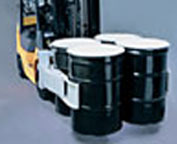
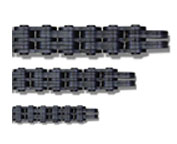
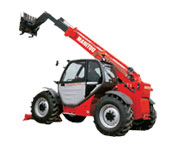
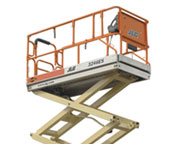
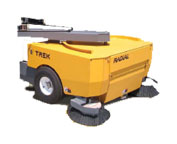
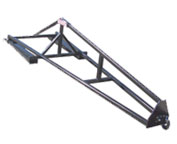
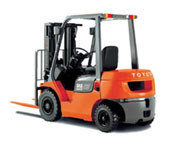
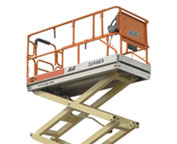
Lift Parts Express
TOLL FREE: 1-888-695-7994
LOCAL: 432-242-4089
3001 C105-241 Loop 250 Frontage Road
Midland, Texas
forkliftpartsmidland.com
Email Us
About Us


